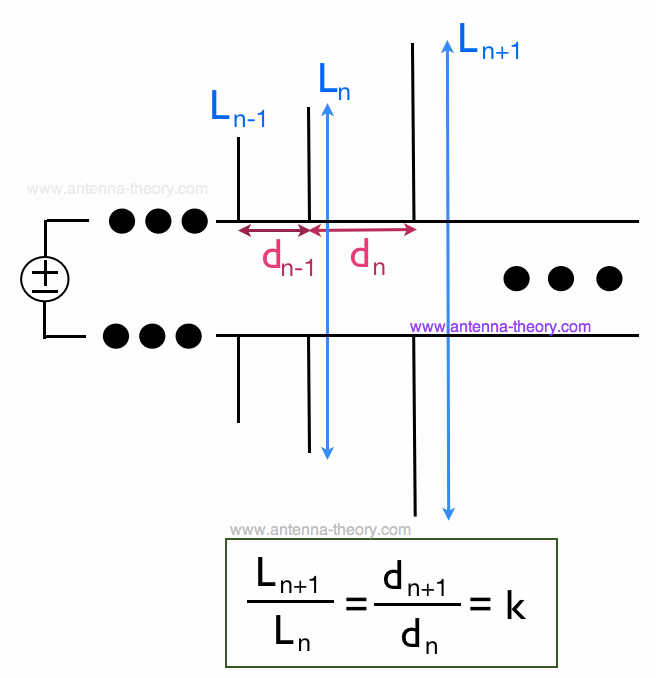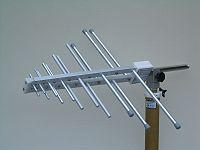log periodic antenna uses which range of frequencies
Minimum frequency ratio of nearly 21 when appropriate design parameters are used. The impedance and radiation pattern are the factors that are logarithm function of the frequency.

Agatige Wifi Log Periodic Antenna Directional 600 6000mhz Uwb Ultra Wideband Printed Circuit Board 50w Electronics
The LPDA is capable of providing maximum.

. Where log periodic antennas can be used. With this level of performance it is ideal for many applications although a log-periodic antenna will be much larger than a Yagi of an equivalent gain. A single log periodic antenna can operate well across several amateur bands.
Log periodic antenna is frequency dependent. The frequency range in which the log-periodic antennas operate is around 30 MHz to 3GHz which belong to the VHF and UHF bands. The construction and operation of a log-periodic antenna is similar to that of.
When operating at frequencies other than the regular. The frequency range in which the log-periodic antennas operate is around 30 MHz to 3GHz which belong to the VHF and UHF bands. The lower frequency band uses a biconical antenna while the higher frequency band uses a log-periodic antenna although the range from 30 to 1000 MHz can also be handled with a single broadband antenna.
In terms of its specification a typical log periodic antenna might provide between 3 and 6 dB gain over dipole for a bandwidth of 21 while retaining a VSWR level of better than 131. It is also used for television reception where only single Log Periodic design will get every one of the channels even up to the UHF band. Well-designed LPDA can yield a 13-to-l SWR over a 18-to-1 frequency range with a typical directivity of 95 dB.
It is a multi-element directional narrow beam antenna that works on a wide range of frequencies. We are also proud to offer complete affordable RF and EMF detection kits that include our durable handheld RF and EMC Analyzers Log Periodic Antennas Omni-Directional. The antenna can be mounted to the ATMS Antenna Positioner for either vertical or horizontal polarization.
Typically Gain is in the region of 74dBd. The construction and operation of a log-periodic antenna is similar to that of a Yagi-Uda antenna. Directivity is the ratio of maximum radiation intensity in the forward direction to the average radiation intensity from the array.
This means in this antenna. The LPDA normally consists of a series of half wave dipole elements each consisting of a pair of metal rods positioned along a support boom lying along the antenna axis. The elements are spaced at intervals following a logarithmic function of the frequency known as d or sigma.
This antenna is made of a series of dipoles placed along the antenna axis at different space intervals of time followed by a logarithmic function of frequency. Log periodic antennas can be used in this application 4 Other applications. Log periodic antenna uses which range of frequencies.
Any applications where directivity and a wide bandwidth are needed 15. Log-periodic antenna is used in a wide range of applications where variable bandwidth is required along. Antennas that exhibit essentially constant performance over a frequency range of 10-to-1 are being used increasingly for civil as well as military communications.
In this antenna the electrical properties vary logarithmically with the frequency. By nature of its construction with multiple dipoles cut to length across a wide range of frequencies the log periodic will offer very wide bandwidth performance. Construction Working of Log-periodic Antenna.
Isbell of the University of Illinois. Log-periodic antennas are designed to work across. Log-Periodic antennas antennas are designed for the specific purpose of having a very wide bandwidth.
The nominal frequency range of the Log-Periodic Antenna is 700 to 3600 MHz but it can be operated from 700 to 1200 MHz when used with the ATMS by tuning the frequency of the ATMS 1-GHz RF Generator. Frequency Independent Antenna. A Log-periodic antenna is that whose impedance is a logarithamically periodic function of frequency.
The Log Periodic antennas are used for emission and immunity testing to verify compliance for FCC CE and MIL-STD 461 specifications. Construction Working of Log-periodic Antenna. A True b False Answer.
It is ideal for off-site EMC testing or testing inside small EMC chambers. Log periodic antenna uses around 30MHz to 3GHz frequency range. V-Log Periodic Antenna offers a wide frequency range of 80 MHz to 1 GHz with enhanced gain over standard log periodic dipole array antennas.
Assuming no resistive losses in the antenna system 95 dB directivity equates to 95 dB gain over an. May be defined as the antenna for which the impedance and pattern and hence the directivity remain constant as a function of the frequency. The length of the successive elements and the spacing between them gradually decrease along the boom.
This antenna is made of a series of dipoles placed along the antenna axis at different space intervals of time followed by a logarithmic function of frequency. Frequency range The frequency range in which the log-periodic antennas operate is around 30 MHz to 3GHz which belong to the VHF and UHF bands. Why is it called Log periodic.
MF Medium Frequency 300-3000 KHz HF High Frequency 3-30 MHz VHF Very high frequency 30-300 MHz UHF Ultra high frequency 300MHz to 3GHz So it uses VHF and UHF. The actual bandwidth achieved is dependent on how large the structure is to determine the lower frequency limit and how precise the finer smaller features are on the antenna which. It is a multi-element directional narrow beam antenna that works on a wide range of frequencies.
The LPDA we will discuss in this article covers a frequency range of 200 to 1000 MHz. Despite this widespread application simple design data for one of the most useful types - the log periodic - has not been available until now. It has a frequency range of 300 MHz to 1 GHz.
Log periodic designs vary but the one most commonly used for EMC work is the Log Periodic Dipole Array LPDA of Figure 1 invented by DE. The range of operation offered by this antenna lies between 30 MHz to 3. It features equalized E and H plane beamwidths and its unique feed design provides improved high frequency response and greater power handling capabilities.
Log Periodic Antenna is used for HF high frequency Communication where rotatable and fixed antennas are generally used. A log-periodic antenna is used in a wide range of applications where variable bandwidth is required along with antenna gain. The achievable bandwidth is theoretically infinite.
Log Periodic antennas allow quick sweep measurements without a band break.

Schematic Diagram Of Log Periodic Dipole Antenna Download Scientific Diagram
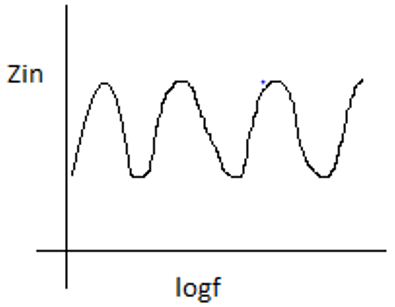
Log Periodic Antenna Frequency Independent Antenna Questions And Answers Sanfoundry

Log Periodic Dipole Antenna Geometry Download Scientific Diagram
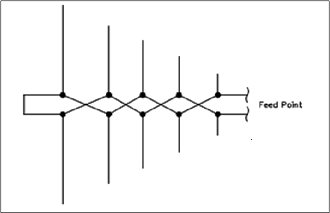
Antenna Theory Log Periodic Antenna
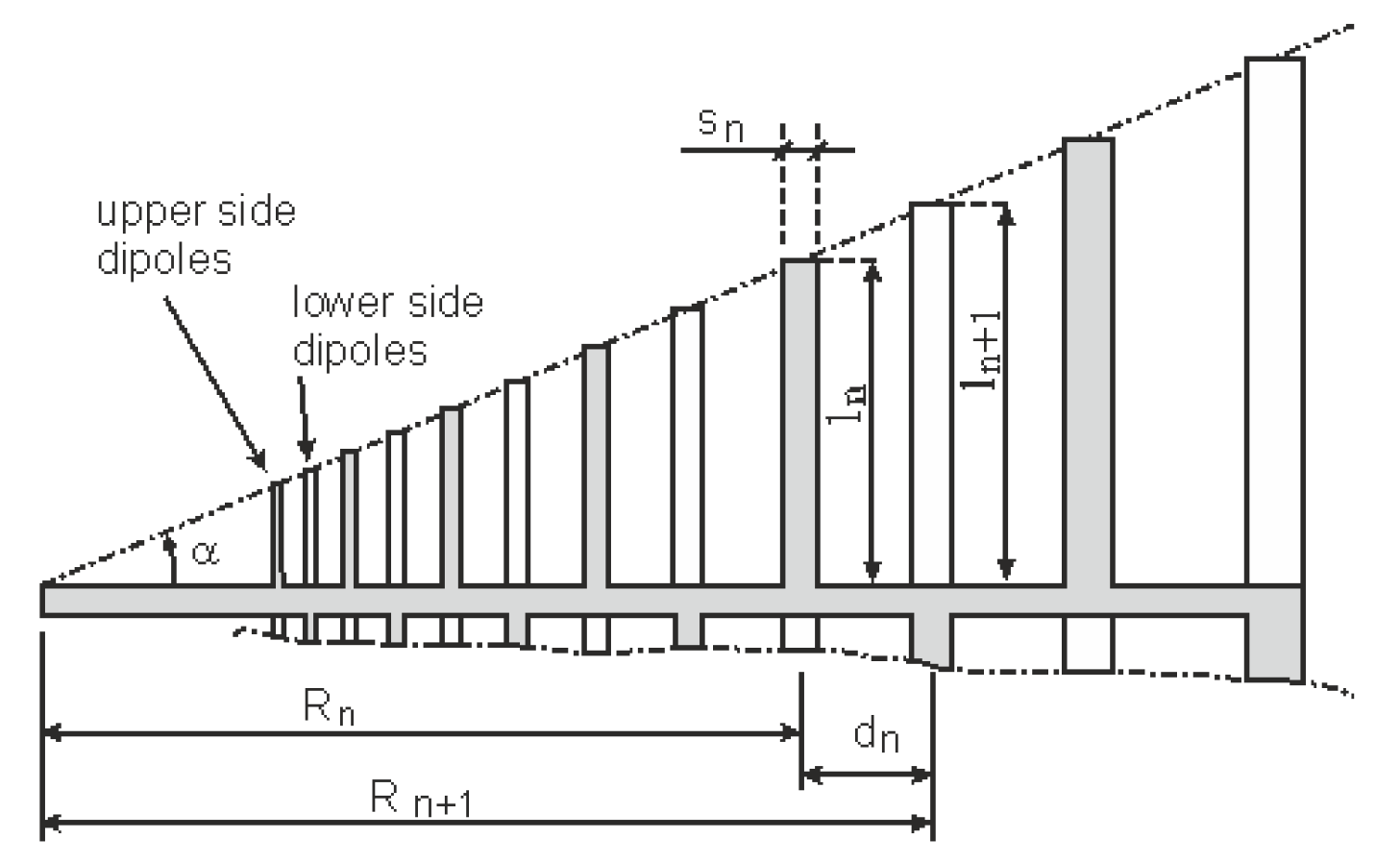
Electronics Free Full Text Enlarged Frequency Bandwidth Of Truncated Log Periodic Dipole Array Antenna Html

What Is Log Periodic Antenna Working Characteristics Advantages Disadvantages And Applications Of Log Periodic Antenna Electronics Desk
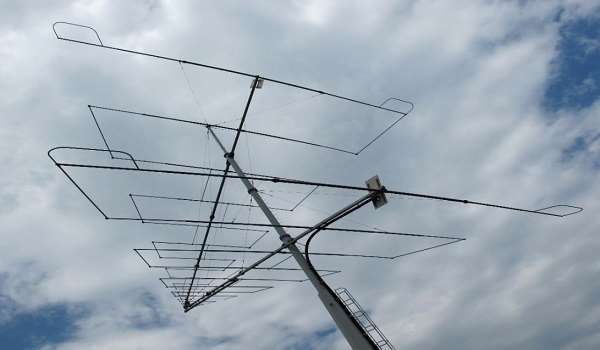
Antenna Theory Log Periodic Antenna
W8io Antenna Site Lpcad Log Periodic Antenna Design

Draw And Explain Log Periodic Antenna Why Is It Called So Discuss Advantages

Log Periodic Dipole Array Response A S And B Far Zone Electric Download Scientific Diagram

A Printed Log Periodic Dipole Antenna With Broadband Application From 0 5 To 15 Ghz Semantic Scholar
Electronics Club Log Periodic Antenna Antenna Wave Propagation Log Periodic Antenna
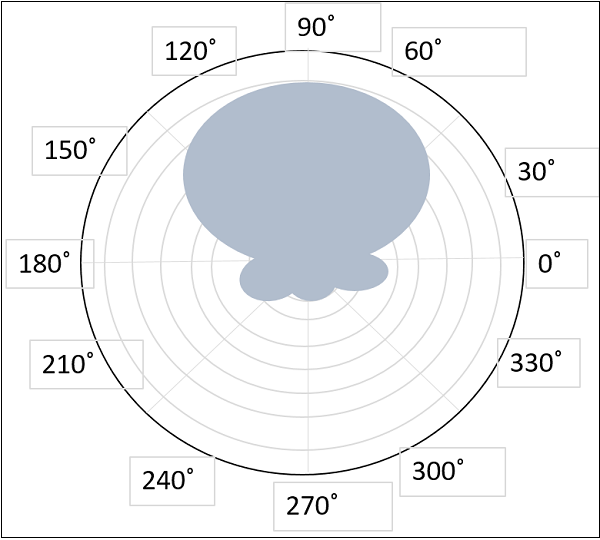
Antenna Theory Log Periodic Antenna

Ei7gl A Diary Of Amateur Radio Activity Commercial Log Periodic Antenna For 30 To 70 Mhz


